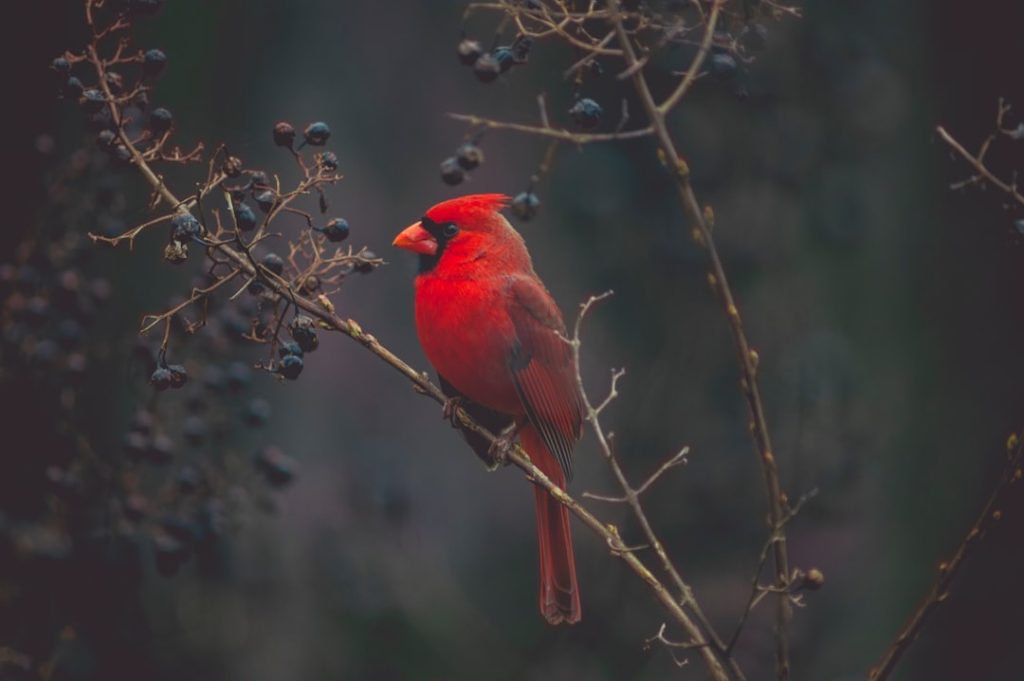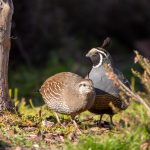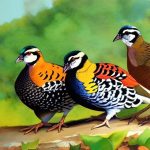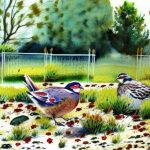The Breeding Bird Survey (BBS) is a long-term, volunteer-based monitoring program designed to track the status and trends of North American bird populations. One species that has been of particular concern in recent years is the Northern Bobwhite quail, which has experienced a significant decline in population across its range. The decline of quail populations has been a cause for concern among conservationists, wildlife biologists, and hunters alike. The BBS has been instrumental in providing data on the decline of quail populations, helping to identify the factors contributing to their decline, and guiding conservation efforts to reverse this trend.
The decline of quail populations is a complex issue with multiple contributing factors. Habitat loss and fragmentation, changes in land use practices, predation, and disease are among the primary factors that have led to the decline of quail populations. The BBS has been crucial in documenting these declines and providing valuable data to help understand the underlying causes. Efforts to conserve quail populations have been informed by the data collected through the BBS, making it an essential tool in the conservation and management of quail populations.
Table of Contents
- 1 Factors Contributing to Quail Decline
- 2 Impact of Quail Decline on Ecosystem
- 3 Efforts to Conserve Quail Population
- 4 Importance of Breeding Bird Surveys in Monitoring Quail Population
- 5 Collaborative Conservation Efforts for Quail
- 6 Future Outlook for Quail Population and Conservation Efforts
- 7 FAQs
- 7.1 What is the Breeding Bird Survey?
- 7.2 What is the status of quail populations according to the Breeding Bird Survey?
- 7.3 What are the potential reasons for the decline in quail populations?
- 7.4 What are the implications of the quail population decline?
- 7.5 What conservation efforts are being undertaken to address the decline in quail populations?
Key Takeaways
- Breeding Bird Survey shows a decline in quail population
- Factors contributing to quail decline include habitat loss and fragmentation
- Quail decline impacts ecosystem by disrupting food chain and predator-prey dynamics
- Conservation efforts include habitat restoration and predator control
- Breeding Bird Surveys are important for monitoring quail population trends
Factors Contributing to Quail Decline
Habitat loss and fragmentation have been identified as major contributors to the decline of quail populations. As agricultural and urban development continue to expand, natural habitats are being converted into farmland, residential areas, and commercial developments, leading to the loss of critical habitat for quail. Fragmentation of remaining habitat further exacerbates the issue, making it difficult for quail populations to find suitable breeding and nesting grounds. The BBS has been instrumental in documenting these habitat changes and their impact on quail populations, providing valuable data to guide conservation efforts.
Changes in land use practices, such as the intensification of agriculture and the use of herbicides and pesticides, have also had a significant impact on quail populations. These changes have led to the loss of important food sources for quail, as well as increased exposure to harmful chemicals. The BBS has helped to track these changes and their impact on quail populations, providing essential data to inform conservation efforts aimed at mitigating these impacts. Additionally, predation and disease have also been identified as significant factors contributing to the decline of quail populations. The BBS has provided valuable data on predation rates and disease prevalence, helping to identify potential management strategies to address these threats to quail populations.
Impact of Quail Decline on Ecosystem
The decline of quail populations has had a significant impact on the ecosystems they inhabit. Quail play a crucial role in their ecosystems as seed dispersers, insect predators, and prey for other species. Their decline has disrupted these ecological processes, leading to potential cascading effects on other species and ecosystem functions. The loss of quail populations has also had implications for hunting and recreational activities, as quail hunting has been a popular pastime for many outdoor enthusiasts. The decline of quail populations has led to reduced hunting opportunities and economic impacts on local communities that rely on hunting-related tourism.
Furthermore, the decline of quail populations has also had cultural and social impacts, as quail hunting has been a longstanding tradition in many regions. The loss of this tradition has had implications for local communities and cultural heritage. The BBS has been crucial in documenting these impacts and providing valuable data to help understand the broader implications of quail decline on ecosystems and human communities. Efforts to conserve quail populations have been informed by this data, making it an essential tool in addressing the ecological, economic, cultural, and social impacts of quail decline.
Efforts to Conserve Quail Population
Efforts to conserve quail populations have been multifaceted, involving a combination of habitat restoration, predator management, disease monitoring, and public outreach. Habitat restoration efforts have focused on creating and maintaining suitable habitat for quail, including the establishment of native grasslands, shrublands, and early successional habitats. These efforts have been informed by data collected through the BBS, helping to identify priority areas for habitat restoration and guide conservation actions.
Predator management has also been a key component of conservation efforts aimed at addressing the impacts of predation on quail populations. Monitoring predator populations and implementing targeted management strategies have been informed by data collected through the BBS, helping to address this significant threat to quail populations. Additionally, disease monitoring efforts have been informed by data collected through the BBS, helping to identify disease hotspots and guide management actions aimed at reducing disease prevalence in quail populations.
Public outreach and education have also been essential components of conservation efforts aimed at conserving quail populations. Engaging with landowners, hunters, and other stakeholders has been crucial in promoting habitat conservation and sustainable land management practices that benefit quail populations. The BBS has played a critical role in raising awareness about the decline of quail populations and engaging stakeholders in conservation efforts.
Importance of Breeding Bird Surveys in Monitoring Quail Population
The Breeding Bird Survey (BBS) has been instrumental in monitoring quail populations and providing valuable data to guide conservation efforts. The standardized survey methods used in the BBS have allowed for consistent monitoring of quail populations across their range, providing essential data on population trends, distribution, and habitat associations. This data has been crucial in identifying the factors contributing to the decline of quail populations and guiding conservation actions aimed at reversing this trend.
The BBS has also provided valuable insights into the ecological processes and interactions that influence quail populations. By monitoring changes in habitat quality, predation rates, disease prevalence, and other ecological factors, the BBS has helped to identify potential management strategies to address threats to quail populations. Additionally, the long-term nature of the BBS has allowed for the tracking of population trends over time, providing essential data to assess the effectiveness of conservation actions and adapt management strategies as needed.
Furthermore, the BBS has played a critical role in engaging volunteers and stakeholders in monitoring and conserving quail populations. By involving citizen scientists in data collection efforts, the BBS has helped to raise awareness about the decline of quail populations and engage local communities in conservation efforts. This collaborative approach has been essential in promoting public support for conservation actions aimed at conserving quail populations.
Collaborative Conservation Efforts for Quail
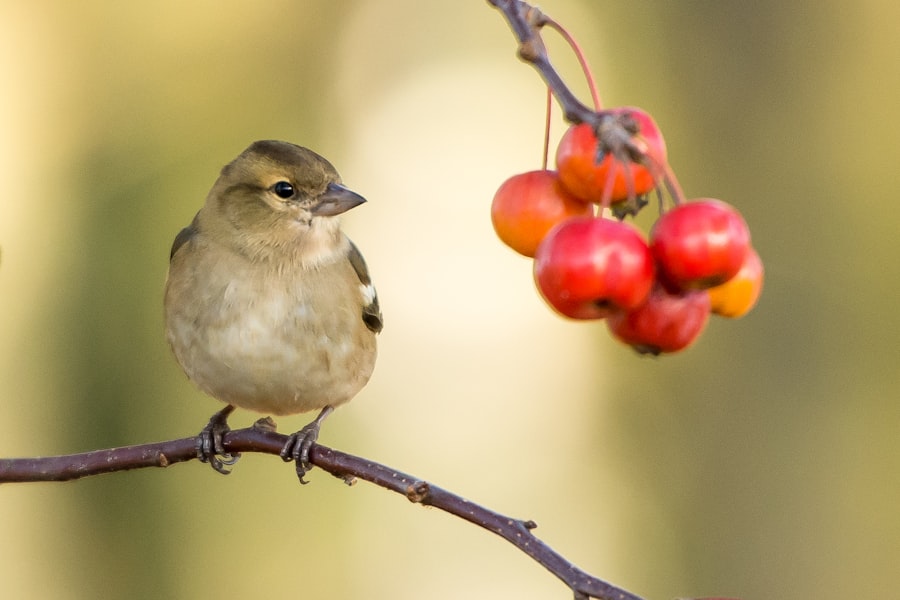
Conserving quail populations has required collaborative efforts among government agencies, non-profit organizations, landowners, hunters, and other stakeholders. These collaborative efforts have involved partnerships aimed at implementing habitat restoration projects, predator management strategies, disease monitoring programs, public outreach initiatives, and research efforts focused on understanding the ecological processes influencing quail populations. The BBS has played a crucial role in facilitating these collaborative conservation efforts by providing essential data to guide conservation actions and engaging stakeholders in monitoring and conserving quail populations.
Government agencies have played a key role in implementing policies and programs aimed at conserving quail populations. These efforts have included habitat conservation programs, predator management initiatives, disease monitoring programs, and public outreach campaigns aimed at promoting sustainable land management practices that benefit quail populations. Non-profit organizations have also been instrumental in supporting conservation efforts through funding, research support, public outreach initiatives, and advocacy for policies that benefit quail populations.
Landowners have played a crucial role in implementing habitat restoration projects on private lands, creating important habitat corridors for quail populations across their range. Hunters have also been engaged in conservation efforts through support for habitat conservation programs and sustainable hunting practices that benefit quail populations. These collaborative efforts have been essential in promoting landscape-scale conservation actions aimed at conserving quail populations.
Future Outlook for Quail Population and Conservation Efforts
The future outlook for quail populations and conservation efforts is dependent on continued collaborative actions aimed at addressing the factors contributing to their decline. Efforts to conserve quail populations will require ongoing habitat restoration projects, predator management strategies, disease monitoring programs, public outreach initiatives, and research efforts focused on understanding the ecological processes influencing quail populations. The BBS will continue to play a crucial role in providing essential data to guide these conservation actions and engage stakeholders in monitoring and conserving quail populations.
Additionally, addressing broader issues such as habitat loss and fragmentation will be essential in promoting landscape-scale conservation actions that benefit quail populations across their range. Engaging with landowners, hunters, and other stakeholders will be crucial in promoting sustainable land management practices that benefit quail populations. Furthermore, continued public outreach and education efforts will be essential in raising awareness about the decline of quail populations and engaging local communities in conservation efforts.
Overall, the future outlook for quail populations and conservation efforts will depend on continued collaborative actions aimed at addressing the complex factors contributing to their decline. The BBS will continue to play a critical role in providing essential data to guide these conservation actions and engage stakeholders in monitoring and conserving quail populations. By working together towards common goals, we can promote sustainable management practices that benefit quail populations and ensure their long-term viability across their range.
In a recent breeding bird survey, researchers have noted a concerning decline in quail populations. This decline has raised questions about the impact of habitat loss and environmental changes on these birds. To address this issue, poultry enthusiasts can learn more about creating suitable habitats for quails and other birds. For example, the article “Do Quails Sit on Their Eggs?” provides valuable insights into the breeding behavior of quails and how to support their reproductive success. Understanding these factors can contribute to the conservation efforts aimed at reversing the decline in quail populations.
FAQs
What is the Breeding Bird Survey?
The Breeding Bird Survey is a long-term, volunteer-based bird monitoring program conducted across North America. It provides critical data on bird population trends and distribution.
What is the status of quail populations according to the Breeding Bird Survey?
According to the Breeding Bird Survey, quail populations have been declining in recent years. This decline has raised concerns about the conservation status of quail species.
What are the potential reasons for the decline in quail populations?
The decline in quail populations may be attributed to habitat loss, changes in land use, predation, and climate change. These factors can negatively impact the availability of suitable nesting and foraging habitats for quail.
What are the implications of the quail population decline?
The decline in quail populations can have ecological, economic, and cultural implications. Quail play a vital role in ecosystems as seed dispersers and prey for predators. Additionally, quail hunting is a popular recreational activity in many regions, and declining populations can impact local economies and traditions.
What conservation efforts are being undertaken to address the decline in quail populations?
Conservation efforts to address the decline in quail populations include habitat restoration, predator management, and research on the factors contributing to the decline. Collaborative initiatives involving government agencies, conservation organizations, and landowners are working to conserve and restore quail habitats.
Meet Walter, the feathered-friend fanatic of Florida! Nestled in the sunshine state, Walter struts through life with his feathered companions, clucking his way to happiness. With a coop that’s fancier than a five-star hotel, he’s the Don Juan of the chicken world. When he’s not teaching his hens to do the cha-cha, you’ll find him in a heated debate with his prized rooster, Sir Clucks-a-Lot. Walter’s poultry passion is no yolk; he’s the sunny-side-up guy you never knew you needed in your flock of friends!

